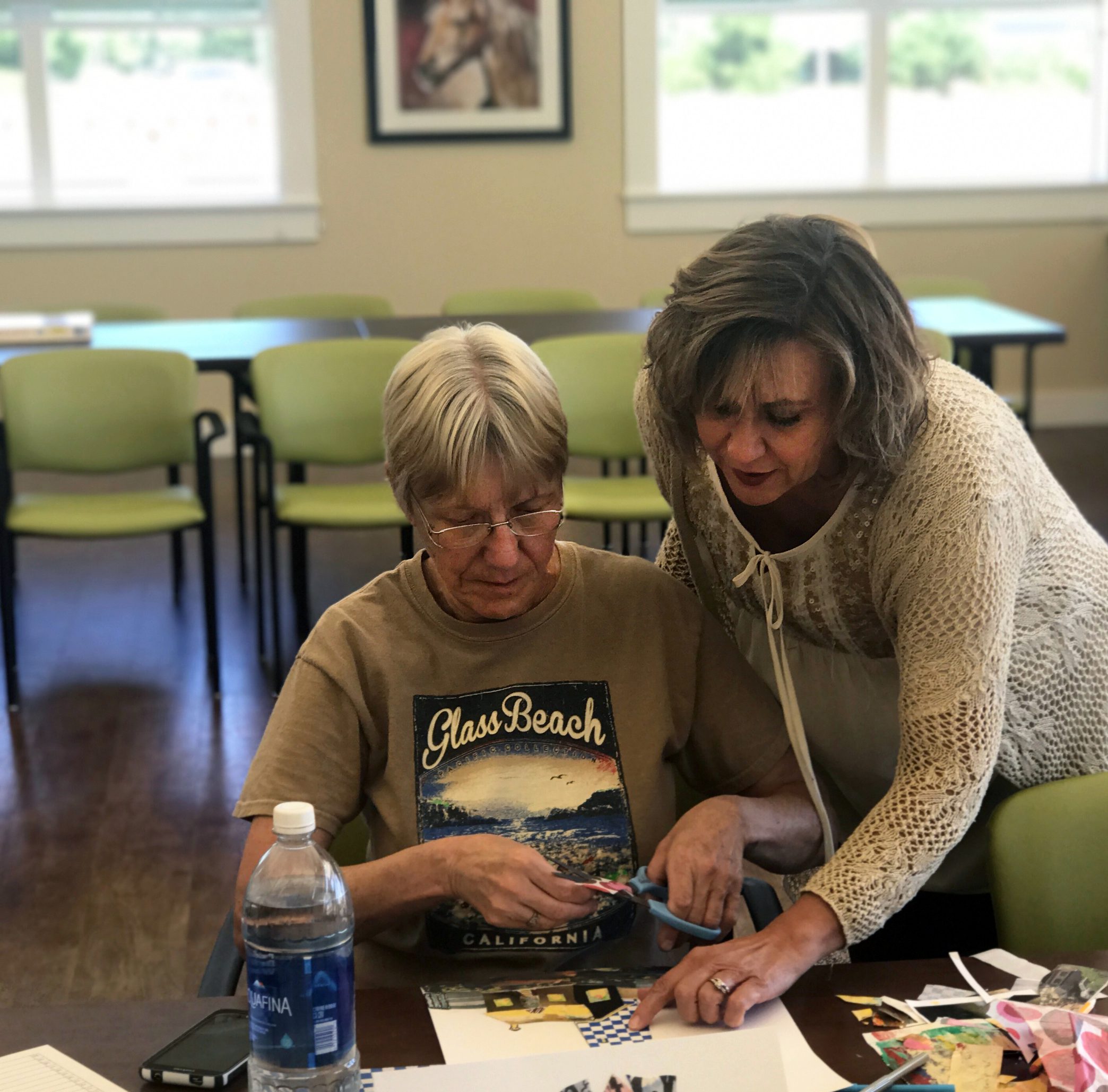By Melissa Alexander, Au.D.
Contributing Writer

While COVID-19 has disrupted many aspects of people’s lives, the hard-of-hearing and deaf community has particularly been challenged.
The Centers for Disease Control and Prevention (CDC) still recommends face masks for the general public, regardless of vaccination status, in indoor public places and outdoors where there is a high risk of COVID-19 transmission. However, mask wearing makes clear communication even more difficult for individuals with hearing loss.
If you’re finding it difficult to understand someone wearing a mask, you’re not alone. Both hearing-impaired individuals and those with normal hearing will notice a significant decrease in their ability to understand someone with a mask on.
Whether we have hearing loss or normal hearing, we all use a variety of communication strategies to help understand speech. We sit close (typically within 3 feet) to the speaker to hear their voice more clearly. We read the speaker’s body language while they speak.
We use visual cues from the mouth during a conversation to fill in the gaps with contextual cues. Did the speaker say “rat” or “bat”? Being able to see the lips of the speaker aids in facilitating communication tremendously.
Unfortunately, for the purposes of social distancing during COVID-19, we are asked to remain 6 feet apart from one another. By increasing the distance to 6 feet, the audibility of speech drops by anywhere from 6 to 12 decibels. The added obstacle of a mask over the speaker’s mouth will drop the audibility of speech even further.
Certain masks do a better job of letting in speech while still protecting the individual wearing the mask.
A study in the Journal of the Acoustical Society of America evaluated different mask types to determine which type of mask muffles speech least. Single use surgical masks (the blue ones) and KN95 masks dampened the least amount of sound (only about five decibels), while the cotton handmade masks dampened anywhere from eight to fourteen decibels of speech. Surprisingly, face masks with clear windows (the very kind recommended for communicating with the hard of hearing) reduced the audibility of the talker’s voice the most (nearly 15 decibels).
So what can we do during this challenging time to help individuals with hearing loss? One hearing aid manufacturer is trying to address this issue. Signia has a revolutionary new feature called “mask mode,” which is available to the user in an app on their smartphone.
The user simply engages the mask mode and their hearing aids increase the audibility of speech immediately. This feature dramatically improves the clarity of speech when someone is wearing a mask. Even if a patient is wearing a different brand of hearing aid, their audiologist may be able to create a program to improve audibility in these challenging listening situations.
It’s more important than ever to be mindful of your communication. When speaking to someone who’s hearing-impaired, remember to speak slowly, clearly and at a normal volume. Try to keep background noise in the room to a minimum. Make sure to face each other when talking and take turns when speaking. Rephrase yourself when misunderstood, rather than just repeating. Chances are, if you repeat something a listener didn’t understand the first time, you will not be understood the second time. Rewording your statement provides more context, which improves the likelihood of being understood. And, if you are hearing-impaired, remember to always wear your hearing aids.
In addition to being a frequent lecturer at hospitals and community centers, Dr. Melissa Alexander also volunteers her time fitting Holocaust survivors with hearing aids at no cost and runs a charitable program of no/low cost aids for those in need. Dr. Alexander is highly specialized in the area of tinnitus management. Her office is located at 1607 Mission Dr. #201 in Solvang.





